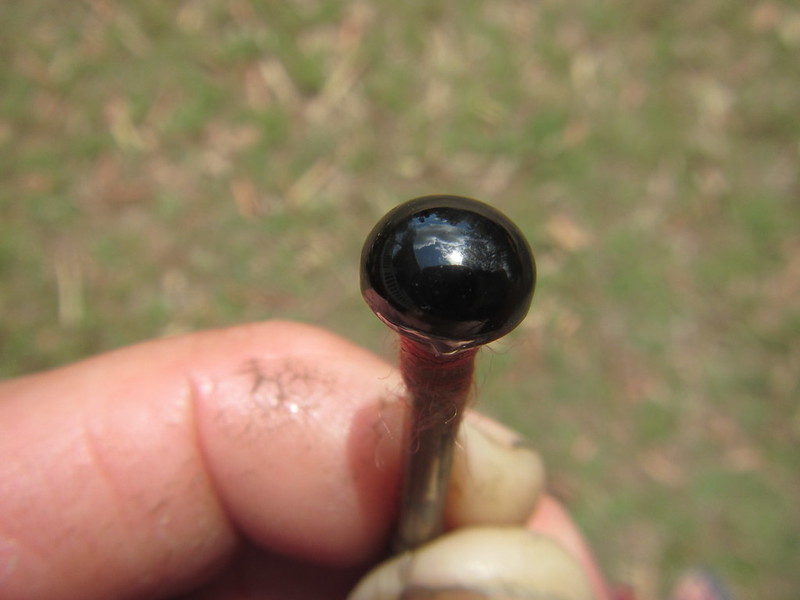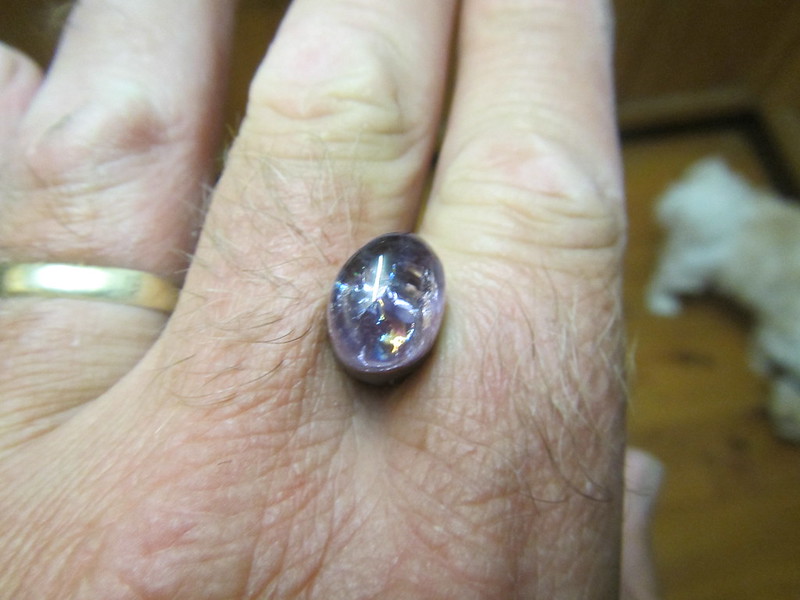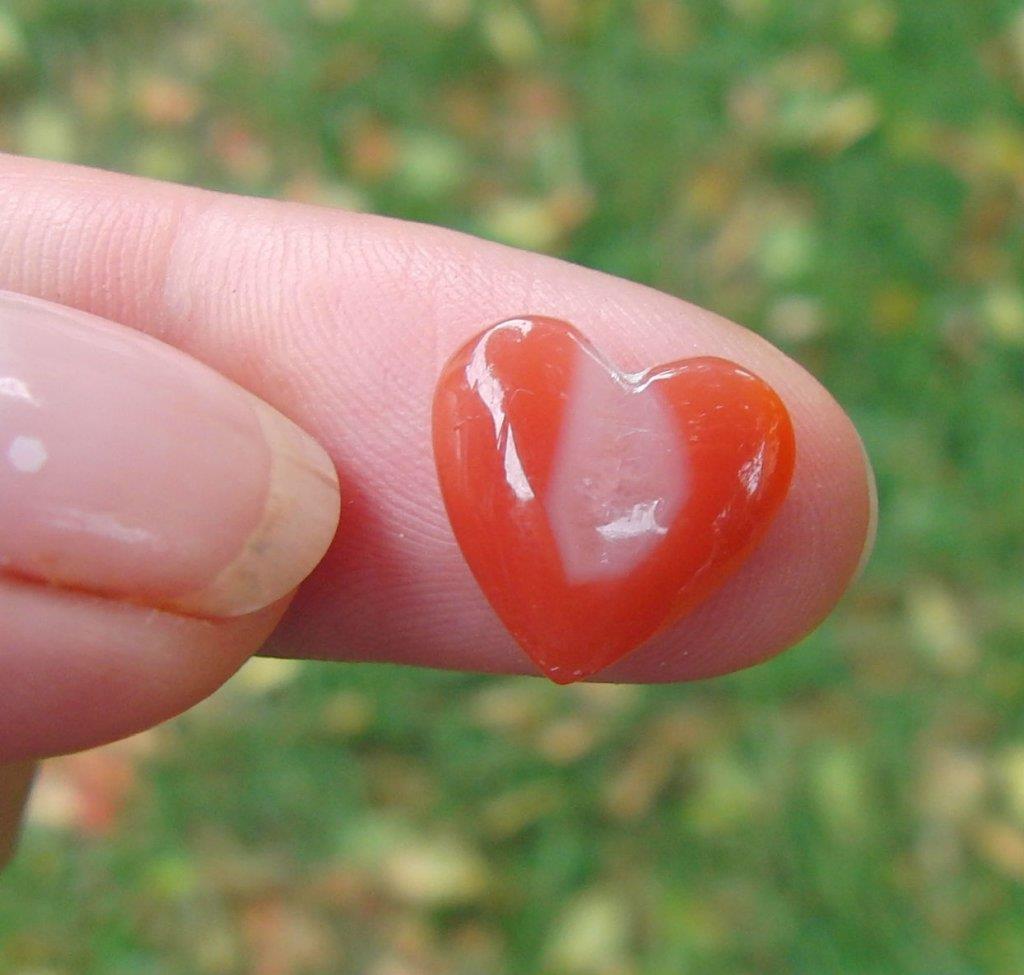- Joined
- May 1, 2014
- Messages
- 1,958
- Reaction score
- 2,530
As suggested to me in the garnet cab thread, a higher pre-polish allows tin oxide to put a mirror finish on the stuff. This bit also contained a surprise that's not visible in this photo - a star.

It's not strong and it only displays two rays when rotated in sunlight. Seems to have another two but very underdeveloped. Pretty sure I know the difference between black spinel and a sapphire so I checked up on it - yes, spinel can display asterism and the star is often four-pointed. I quite like the stuff, i think it should probably be used more often.

It's not strong and it only displays two rays when rotated in sunlight. Seems to have another two but very underdeveloped. Pretty sure I know the difference between black spinel and a sapphire so I checked up on it - yes, spinel can display asterism and the star is often four-pointed. I quite like the stuff, i think it should probably be used more often.





